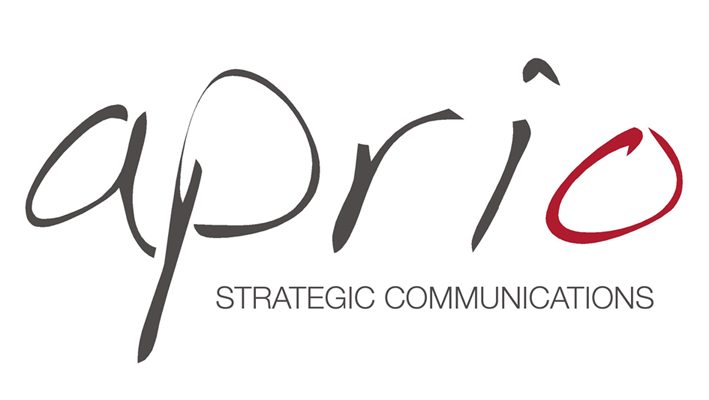Here are 10 ideas on doing investor relations in a bear market. Nothing unique or magical – a difficult market is by definition, well, difficult – but here are the thoughts of an IR guy who has been through a few market cycles:
… Stay visible (or get out there). Sure, it’s hard to tell a happy story when everyone’s scared to death. But a happy story isn’t the goal. At some point investors, especially professionals who may be keeping their powder dry right now, will be back in the buying mood. They should be getting to know you now.
… Be factual in your tone. The market ascribes credibility to executives who lay out the facts in a pretty blunt way. Presentations and publications should be fact-laden, not flashy, funny or visionary. You’re giving people data to evaluate your company in the midst of a fearful time. Their view of the broader market environment probably will determine when they’re in a buying mood, anyway.
… Don’t be quick to make promises. Suppose the financial turmoil turns into a real recession (as economists, not politicians, define it). Consumer spending could go in the tank and stay there. Business investment may be on hold. Earnings could go worst-case. Guidance based on economic assumptions may go awry – so at least lay out the assumptions for investors, if you’re going to forecast results or major events in the future.
… Do tell the long-term story. In spite of complaining about short-termism in the stock market, many CEOs and CFOs talk to investors as if the latest quarter, or the next, is the biggest deal for shareholders. You should ask, what is the key message? What will drive the value of this company? Odds are, it has to do with business trends that span several years, competitive position, innovative strategy and the like.
… Discuss the balance sheet. When investors are valuing stocks on their growth prospects, it’s about the P&L. But when the issue is survival, people need to understand the size and nature of the assets, and the size and nature of the liabilities. Safety (or lack of it) is found in the balance sheet.
… Give the bad with the good. Nothing erodes the trust of investors as much as management being in denial. Running the “sunshine pump” or trying to gloss over bad results damages a company’s credibility. Acknowledging problems and defining a plan of action builds confidence.
… Refute rumors quickly with the facts. As several ‘collapses’ have shown, rumors can aggravate business problems by undercutting the confidence of customers and investors. More than ever, a bear market is a time to monitor online and market “chatter” – and correct anything erroneous.
… Coordinate investor and media relations. It’s a small world. When a reporter is working on a story, he’ll call analysts and investors (friendly or unfriendly) looking for insight. And investors, in turn, pay attention to what the media says about a company. Companies should speak with one voice, and IR and PR should coordinate daily to plan responses on any issues lurking in the market.
… Polish up your Q&A. The issues are myriad: credit crunch, recession, your industry trend, consumer pullbacks, job cuts, commodity prices, political uncertainty, regulatory changes in the air. Best practices for IR include preparing a document with answers to the market’s most likely questions and concerns, running them through senior management and legal counsel, and distributing these messages to everyone in-house who answers questions from investors and the media.
… The story is the business, not the stock price. For anxious shareholders, the most urgent issue right now may be the amount of money they’re down on their investment. But for the company and more seasoned investors, the question is where the business stands today – and what management is doing for the future. Regardless of the drama in the stock market, for IROs the business is the message.
